Shorebirds come in many sizes and shapes, from tiny least sandpipers with small straight beaks to much less common large whimbrels with long down-curved beaks. Both of these species were reported this week. The tiny least sandpiper was seen at Felix Neck (Steve Allen and the Felix Neck Early Birders), Norton Point (Shea Fee, Kara Zinni and Adoniram Sides), West Tisbury south shore (Philip Edmundson), Chilmark Pond (Madeline Weinstein) and Lobsterville (Richard Couse). The larger whimbrel was found at Dike Bridge (Bob Shriber) and the Chappy end of Norton Point (David Padulo and Shea Fee).
Curlews like the whimbrel have long, down-curved beaks while godwits are large shorebirds with long, up-curved beaks. An Hudsonian godwit was seen and photographed by Rich Couse at Edgartown Great Pond on Sept. 4. The less-frequently seen marbled godwit was reported by Kara Zanni and Adoniram Sides at Norton Point on Sept. 4. These latter two observers had a good shorebird week: they also spotted the first solitary sandpiper of the season at Felix Neck on Sept. 4 and a first of the year American golden plover at Norton Point.
Two firsts for the year were observed by Lanny McDowell and Pete Gilmore on August 30 at Little Beach. A stilt sandpiper made a brief landing in a large mixed flock of shorebirds, terns and gulls, and a western willet was also seen.
Warren Woessner spotted three juvenile red knots at Norton Point on Sept. 4. Other notable shorebirds this week include spotted sandpipers seen by Allan Keith at Squibnocket and by Madeline Weinstein on Chilmark Pond.
Shorebirds can also be found in upland habitats. Killdeer are most often found in agricultural settings but can also be found near the shoreline. On Sept, 1 Madeline Weinstein spotted one on Chilmark Pond and on Sept, 4 Philip Edmundson spotted one along the south shore of West Tisbury. Leah Selby reports an American woodcock — a chunky, long-billed upland shorebird — has been visiting her yard for the past few weeks. Douglas Leavens had one in his Otis Bassett Road yard on Sept. 2.
Gulls and terns are also present. Herring and great black-backed gulls are seldom mentioned here because they are just about everywhere all the time. Ring-billed gulls are also common throughout the year except for their breeding season. This contrasts to Caspian terns, which are always a good find; Shea Fee heard and saw two of them – another first for the year - as they flew overhead at Norton Point on Sept. 2. Forster’s terns are slightly more common: Pete Gilmore and Lanny McDowell spotted one at Little Beach on August 30 and Rich Couse spotted one on Edgartown Great Pond on Sept. 4.
Laughing gulls are fairly widespread at this time of the year. There have been eight sightings so far in September: Shea Fee, Kara Zanni and Adoniram Sides at Norton Point; Richard Couse at Edgartown Great Pond; Madeline Weinstein at Chilmark Pond; Gary Hantsbarger at the Gay Head Cliffs; Dana Bangs at the bottom of Skiff avenue on Lagoon Pond; Shea Fee near the Chappaquiddick Beach Club; and I spotted one at Cedar Tree Neck.
The terns that nest here are still around though their nesting season is over. At the eastern end of Norton Point, Shea Fee reported 100 least terns, 1,700 roseate terns and 300 common terns on August 30. Black skimmers are also in that area and Tim Spahr reported a high count of 50 on Sept. 3.
That is a lot of shorebirds over Labor Day weekend!
Migrant songbird sightings are fewer. Allan Keith spotted the first warbling vireo of the season on Sept. 3 at Squibnocket. More unusual is my finding both a scarlet tanager (expected) and a summer tanager (unexpected) almost side by side along the white trail near Ames Pond at Cedar Tree Neck, making the identification of both much simpler.
Red-eyed vireos are at their peak migration. Allan Keith spotted a definite migrant at Squibnocket on Sept. 3 in a location where they do not breed. I counted an amazing total of 10 at Cedar Tree Neck — they were everywhere — on Sept. 3, and they have also been spotted by Charles Morano in Edgartown on Sept. 4. That same day, Philip Edmundson found one in the woods near the southern end of Watcha Pond. Eastern kingbirds were spotted by Madeline Weinstein on Aug. 30 at Chilmark Pond and by the Felix Neck Early Birders on Sept. 1.
Perhaps the most frequently seen warblers are common yellowthroat (six sightings) and prairie warbler (two sightings). Yellowthroats were spotted on August 30 by Charles Morano at the Oak Bluffs pumping station and Madeline Weinstein near Chilmark Pond; Sept. 3 by Allan Keith at Squibnocket and me at Cedar Tree Neck; Sept. 4 by Richard Chmielecki at Mattakesett Bay Road; and on Sept. 5 by Philip Edmundson at Nat’s Farm.
Prairie warblers were spotted on August 31 by Philip Edmundson along West Tisbury’s south shore, Sept. 4 by Richard Chmielecki at Mattakesett Bay Road and Sept. 5 by Christine Audette and Tim Donovan.
Nocturnal birds are also active. Shea Fee heard two whip-poor-wills on August 30 and again on Sept. 2. Noah Froh has been hearing a screech owl at Cedar Tree Neck recently and on Sept. 3 Allan Keith heard one calling mid-morning at Gay Head Moraine.
Adult bald eagles were spotted by Steve Allen at Felix Neck on Sept. 2, and by Cynthia Bloomquist over Edgartown harbor on August 31.
I do not recall ever seeing an aggressive mourning dove. Tim Leland reports that at Wasque on August 11, one was “bristling like a porcupine under attack as he/she was trying to scare away a chipmunk that was scarfing down birdseed under the feeder. Photos don’t do justice to the fearsome wing-spreading, tail-wagging aggression that the dove displayed.”
Please email your sightings to birds@mvgazette.com.
Robert Culbert is an ecological consultant with Nature Watch LLC, living in Vineyard Haven.

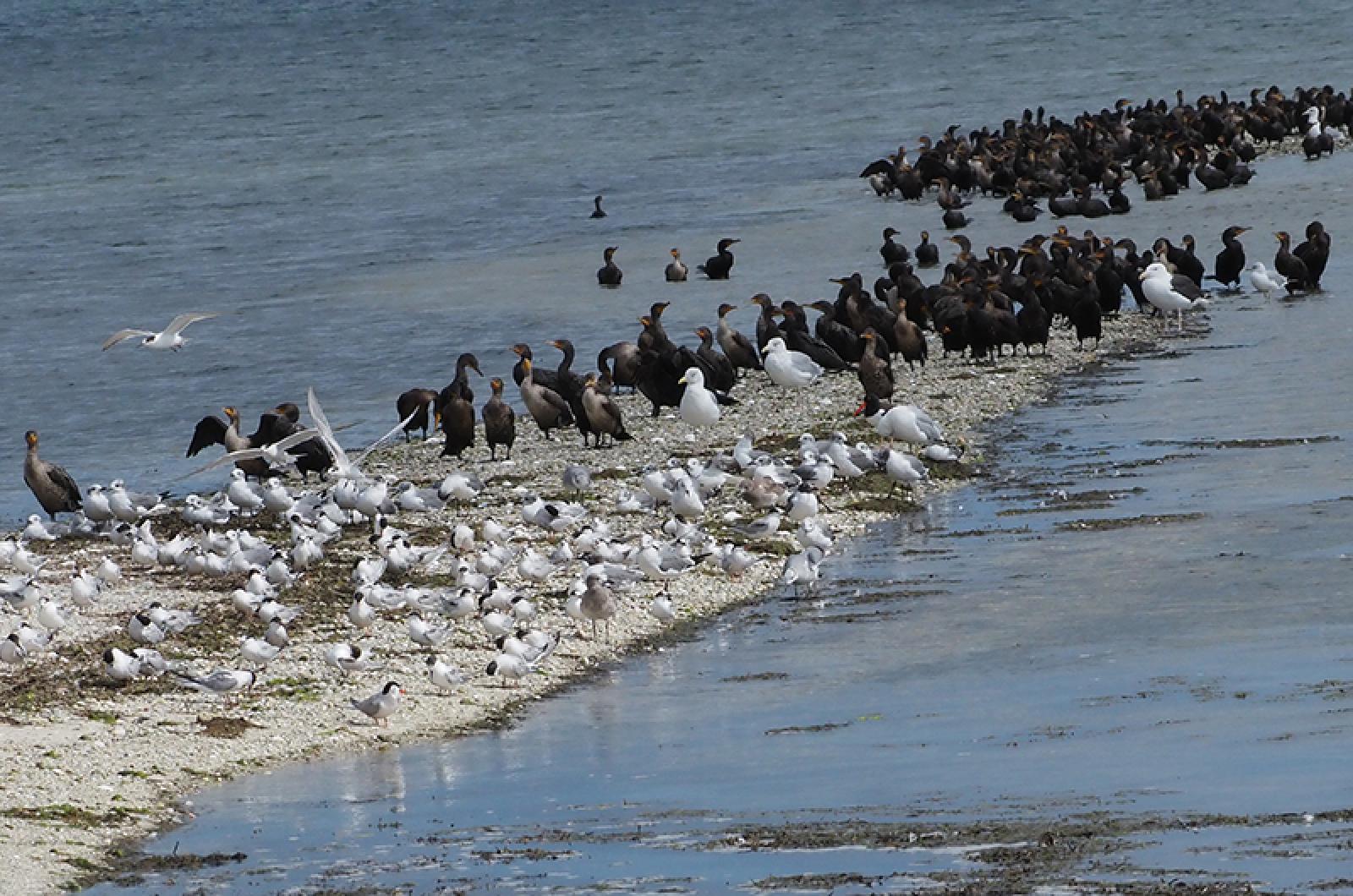
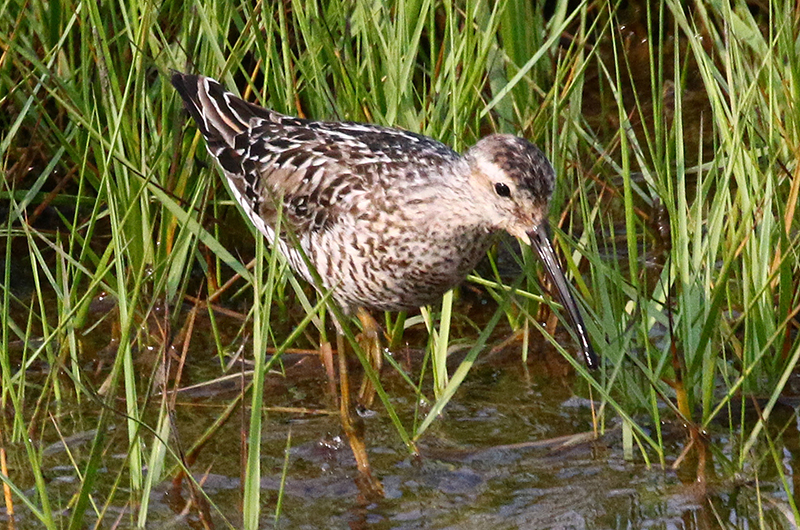
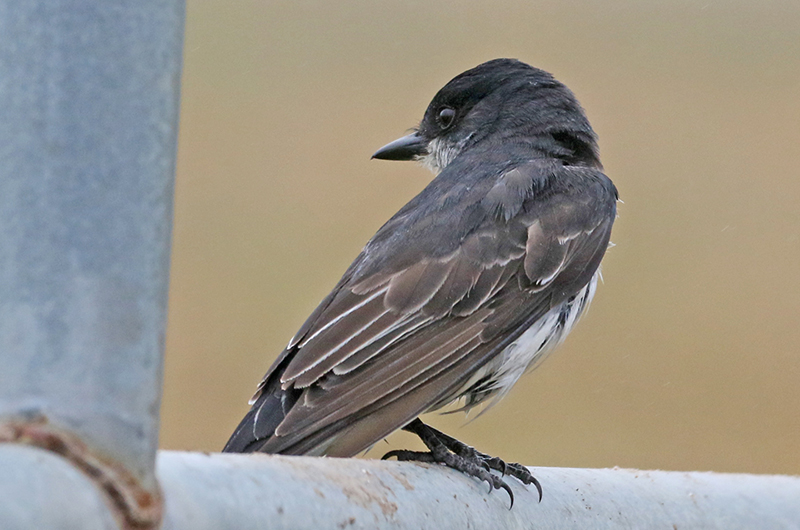
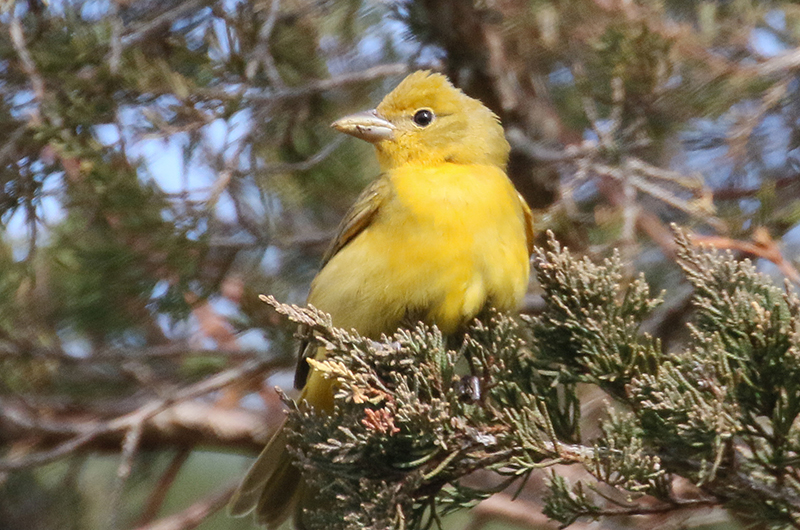
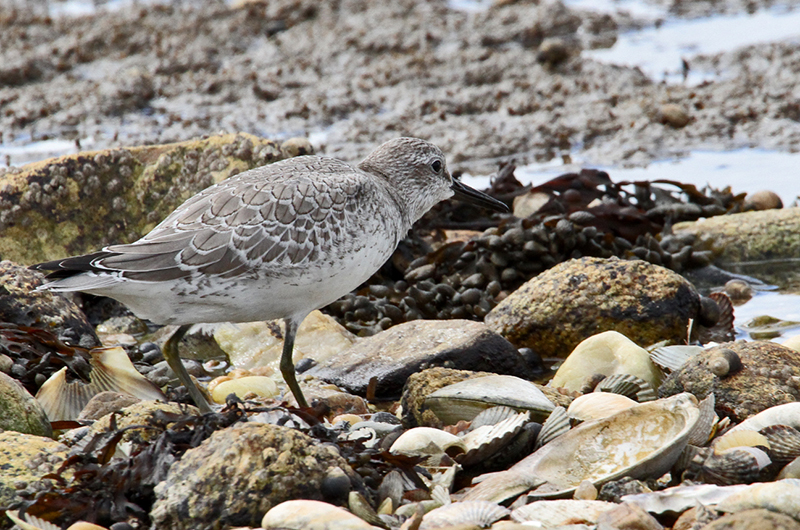


Comments
Comment policy »